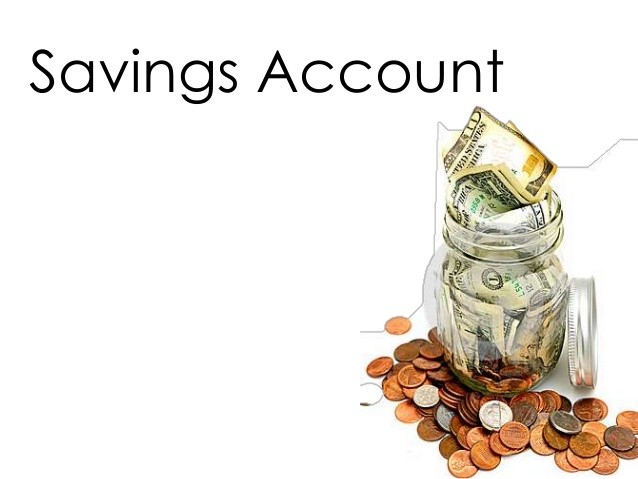A balance transfer is a financial tool that allows you to move existing debt from one credit card to another, usually to take advantage of lower interest rates. Here’s a simple breakdown:
What is a Balance Transfer?
Transferring Debt: If you have debt on one credit card with a high interest rate, you can transfer that balance to another card that offers a lower rate or a promotional interest rate (often 0% for a limited time).
How It Works: You apply for a new credit card (or use an existing one that allows balance transfers) and request to transfer a specific amount from your old card. The new card issuer pays off the old debt, and you owe the amount to the new card.
Why Use a Balance Transfer?
Lower Interest Rates: By transferring your balance to a card with a lower interest rate, you can save money on interest charges, making it easier to pay off the debt faster.
Promotional Offers: Many cards offer introductory rates, such as 0% APR for a certain period (like 6 to 18 months). This means you won’t pay interest on the transferred balance during that time, allowing you to focus on paying down the principal.
Simplified Payments: Consolidating multiple debts into one credit card can simplify your monthly payments, making it easier to manage your finances.
Things to Consider
Balance Transfer Fees: Most cards charge a fee for transferring a balance, typically around 3% to 5% of the amount transferred. It's essential to factor this into your decision.
Promotional Period: Be aware of how long the promotional rate lasts. After it ends, the interest rate can jump significantly, so it's crucial to pay off the balance before this period expires.
Credit Score Impact: Applying for a new credit card can impact your credit score. However, if you manage your balances well and pay on time, it can ultimately help improve your score.
Spending Temptation: Once you transfer a balance, it can be tempting to use the old card again. This can lead to accumulating more debt, so it's important to avoid that.
Steps to Perform a Balance Transfer
Research Offers: Look for credit cards that have favorable balance transfer terms, including low fees and promotional rates.
Check Eligibility: Make sure you qualify for the new card, as credit limits can vary based on your credit history.
Initiate the Transfer: Once approved, follow the instructions provided by the new card issuer to complete the transfer.
Pay Down the Balance: Focus on paying off the transferred amount before the promotional rate expires to maximize your savings.
In summary, a balance transfer can be a smart way to manage credit card debt, as long as you understand the terms and conditions. It’s a way to potentially save money on interest and streamline your payments, but it requires careful planning and discipline to avoid falling back into debt.










0 Comments